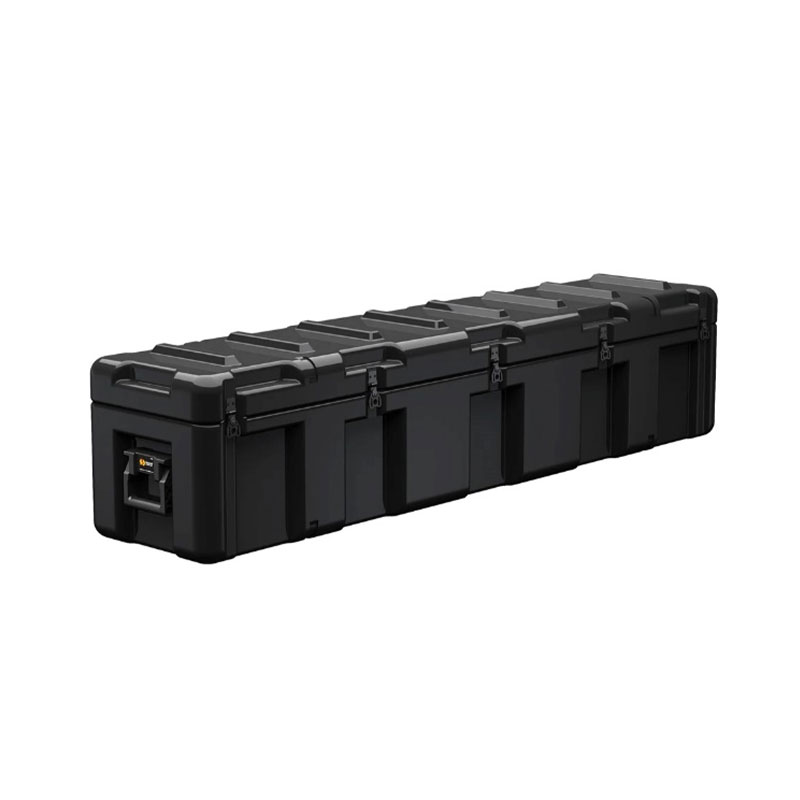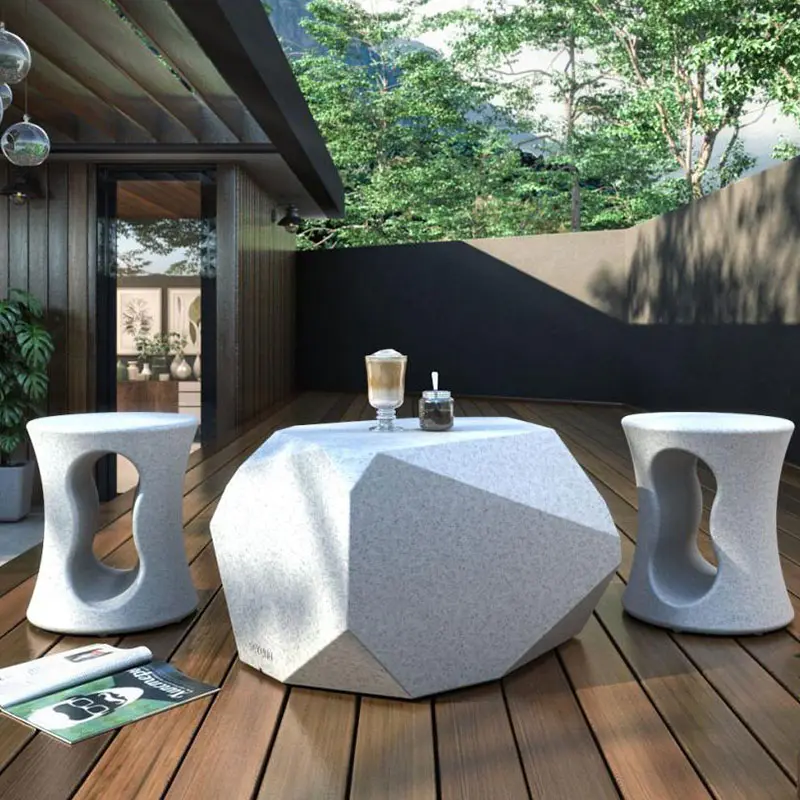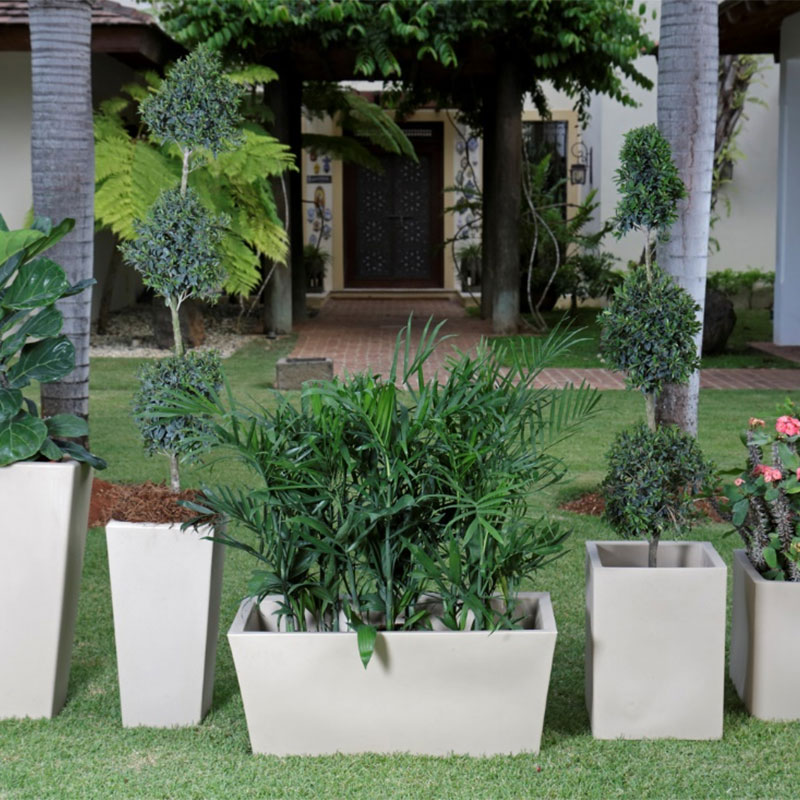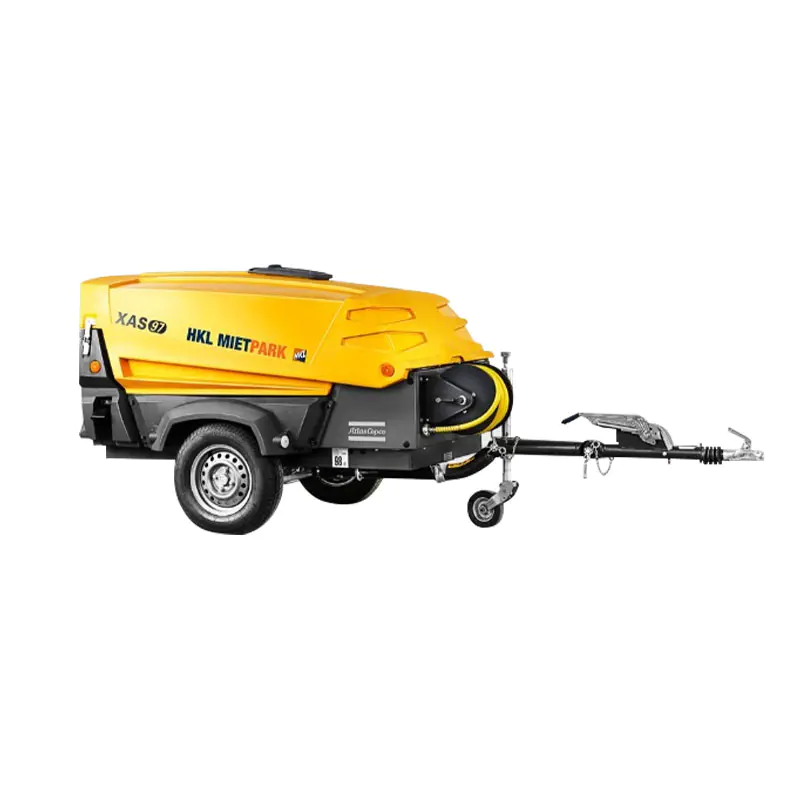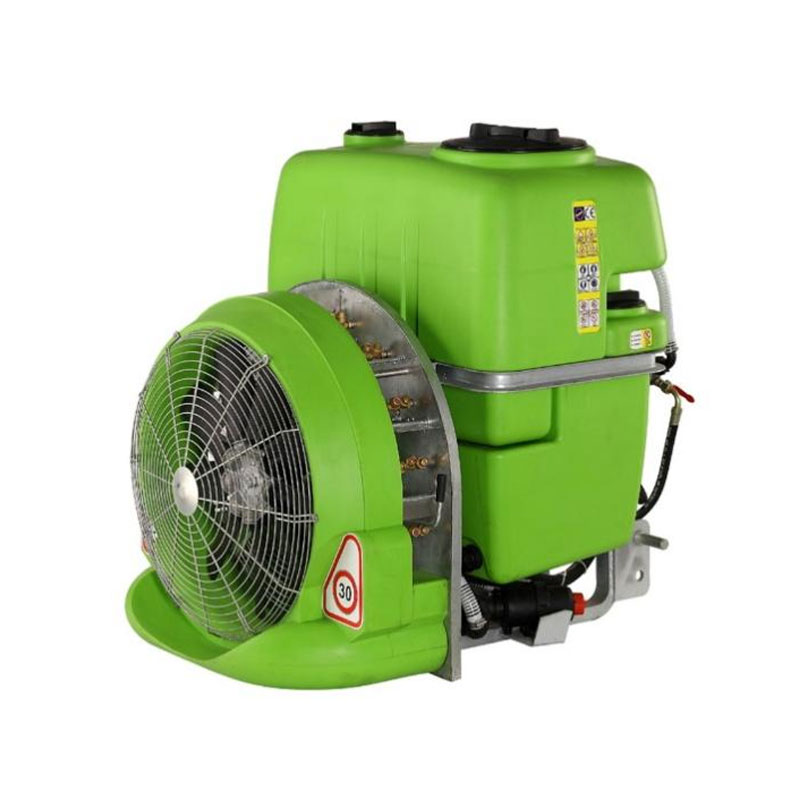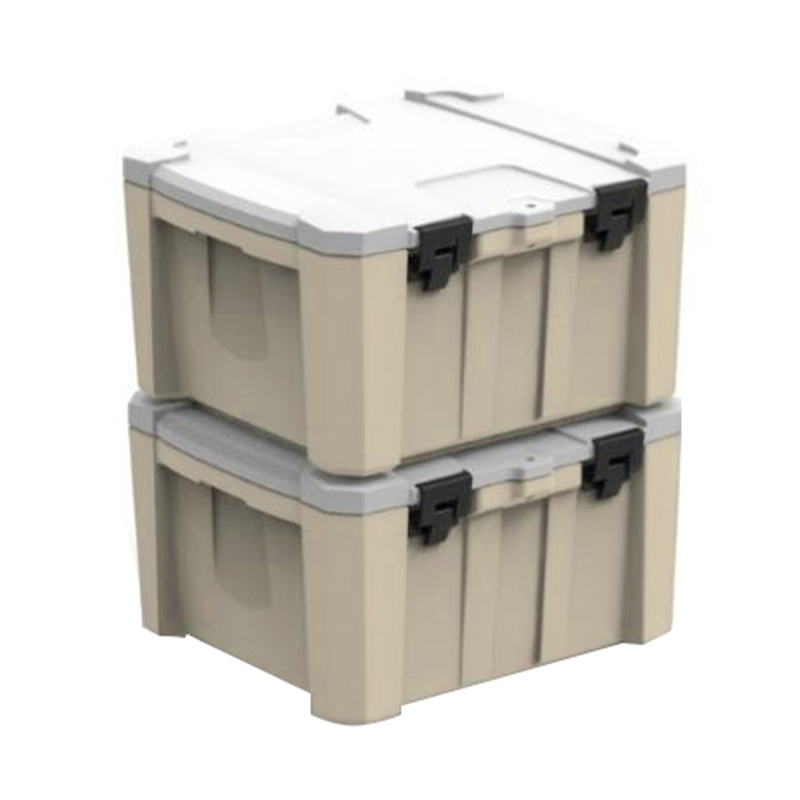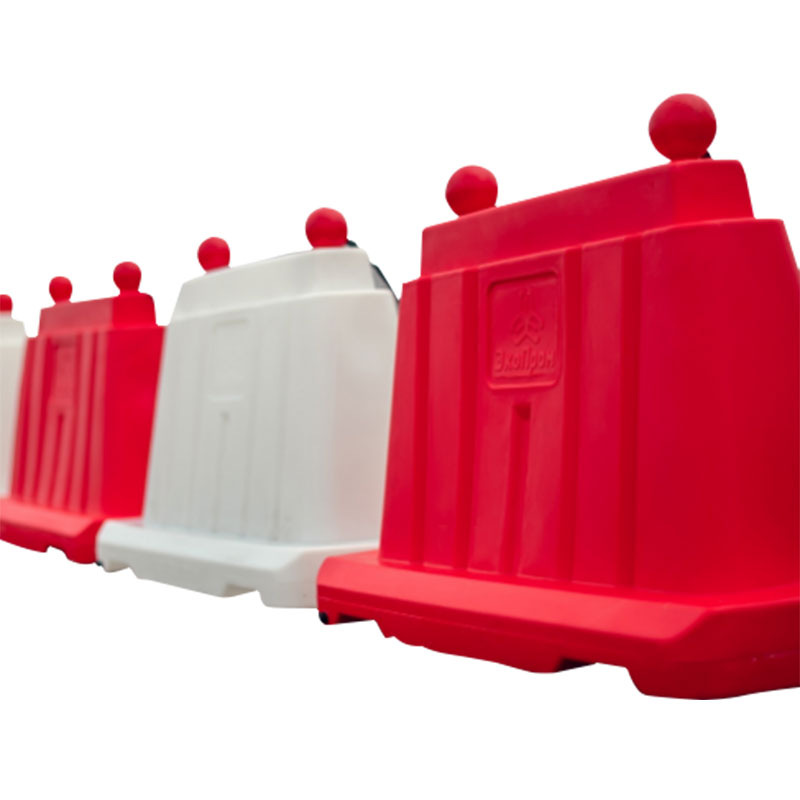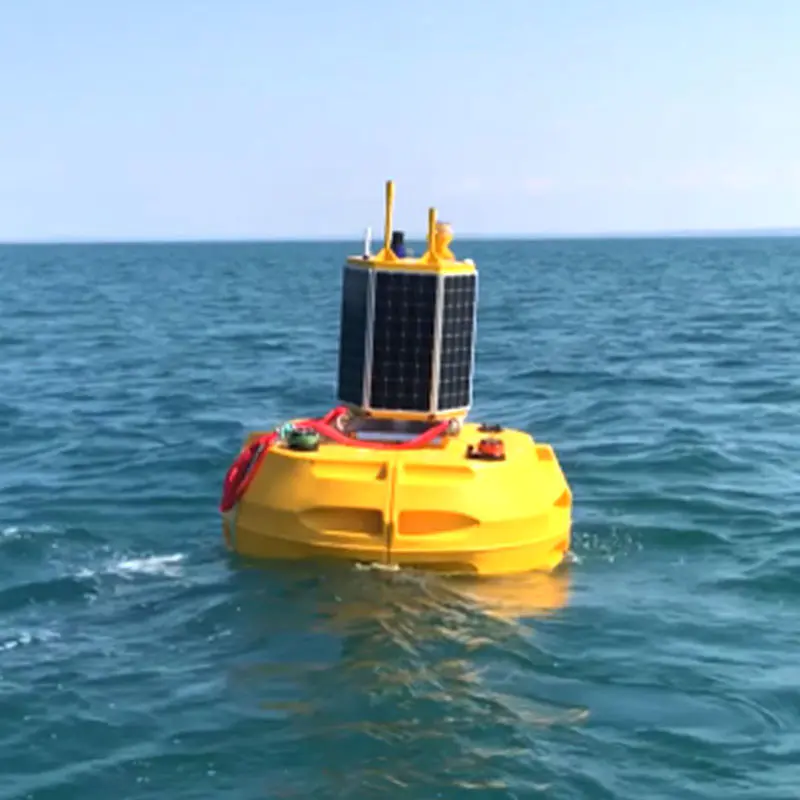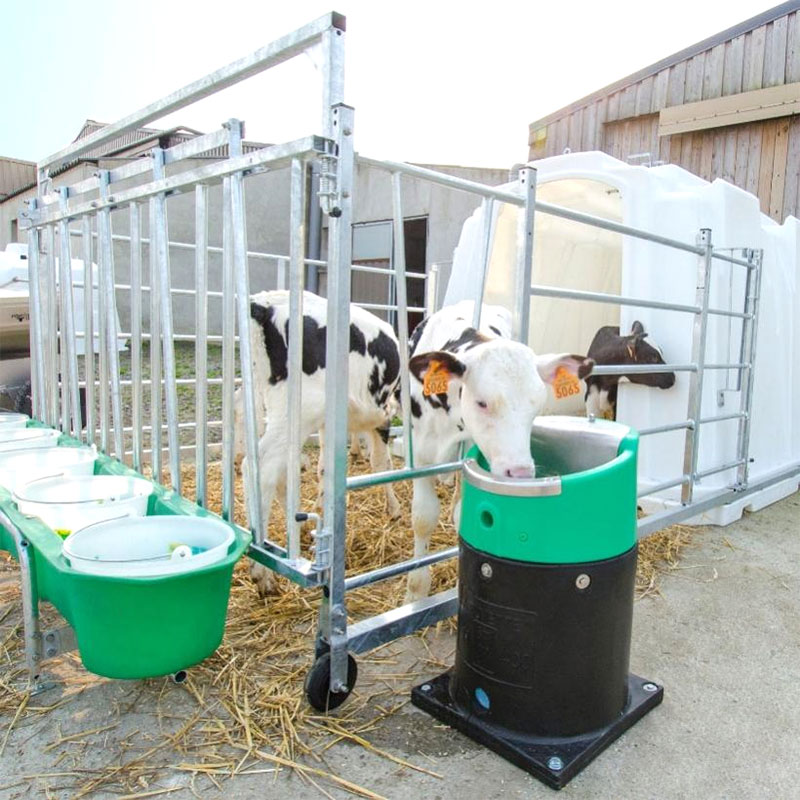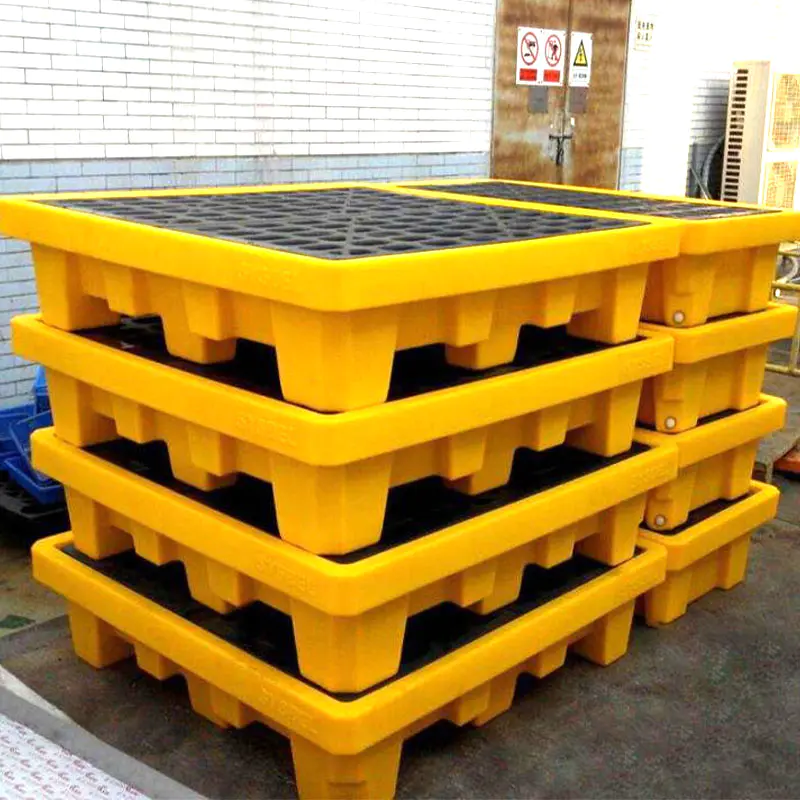At a time when competition in the furniture manufacturing industry is fierce, the speed of product iteration has become a key factor for companies to seize the market. As the core tool for furniture production, the production cycle of molds directly affects the launch process of new products. Compared with other mold manufacturing processes, roto-molded furniture molds stand out with a significantly shortened production cycle. It only takes 3 to 5 weeks from design finalization to delivery and use, which is much shorter than the production time of injection molds, which often takes several months. This feature contains unique technical logic and industrial value.
The rapid delivery capability of roto-molded furniture molds is rooted in their unique process principles and structural characteristics. The roto-molding process is based on the principle of physical melting. In the rotating heating equipment, the plastic raw materials inside the mold gradually melt and evenly adhere to the inner wall of the mold cavity as the mold revolves and rotates. After cooling and solidification, it can be demolded. This process does not require high-pressure injection of raw materials, so that the mold structure design does not need to withstand high-intensity pressure, the overall structure is simpler, and the design and assembly links of complex cooling systems, hot runner systems and other precision components are reduced. For example, the mold cavity design of common outdoor roto-molding leisure chair molds only needs to meet the product appearance requirements and be combined with a simple sealing structure. Compared with the complex design of injection molds that requires precise calculation of pressure distribution and melt flow path, the early design process is greatly simplified.
From the production process point of view, the development path of roto-molding furniture molds is shorter and more efficient. In the design stage, engineers use 3D modeling software to build the inner and outer mold cavity contours of the mold based on product modeling requirements, focusing on key parameters such as product demoulding angle and wall thickness uniformity. There is no need to repeatedly verify and optimize the gate position and cooling water channel layout like injection molds. After completing the design, the mold processing stage begins. Since the roto-molding mold has relatively loose requirements on surface finish and dimensional accuracy, the processing technology is mainly cutting processing. Ordinary CNC processing equipment can be used to complete most of the processes, without relying on high-precision EDM, slow wire cutting and other time-consuming special processing technologies. After simple assembly and debugging, the finished mold can be put into trial production after ensuring smooth opening and closing of the mold and good sealing. The entire process is streamlined and closely connected, effectively avoiding waiting and repeated modifications between processes.
The fast production cycle gives roto-molded furniture molds a significant market response advantage. With the increasingly personalized and trendy trend of furniture consumption demand, companies need to frequently launch new products to cater to market changes. The short cycle characteristics of roto-molded furniture molds enable companies to quickly start new product development when market trends begin to emerge.
In addition, the shorter production cycle also brings companies a dual optimization of cost and risk. In traditional mold manufacturing, a long production cycle means higher capital occupation costs and market uncertainty risks. The rapid delivery of roto-molded furniture molds enables companies to quickly verify market demand. If the product market feedback is not good, the design plan can be adjusted in time and the mold can be remade to reduce the risk of product unsalability caused by the long mold production cycle. The fast turnover mold production process improves the efficiency of corporate capital use, reduces the cost of equipment idleness, and enhances the flexibility and risk resistance of enterprises in fierce market competition.

 English
English 中文简体
中文简体 русский
русский Español
Español